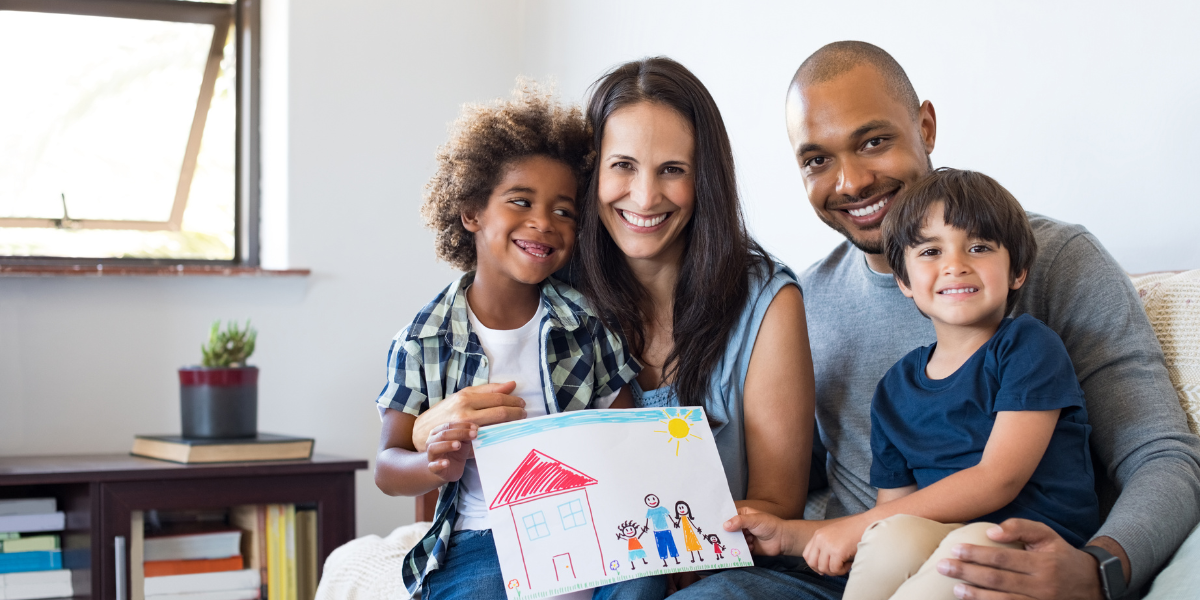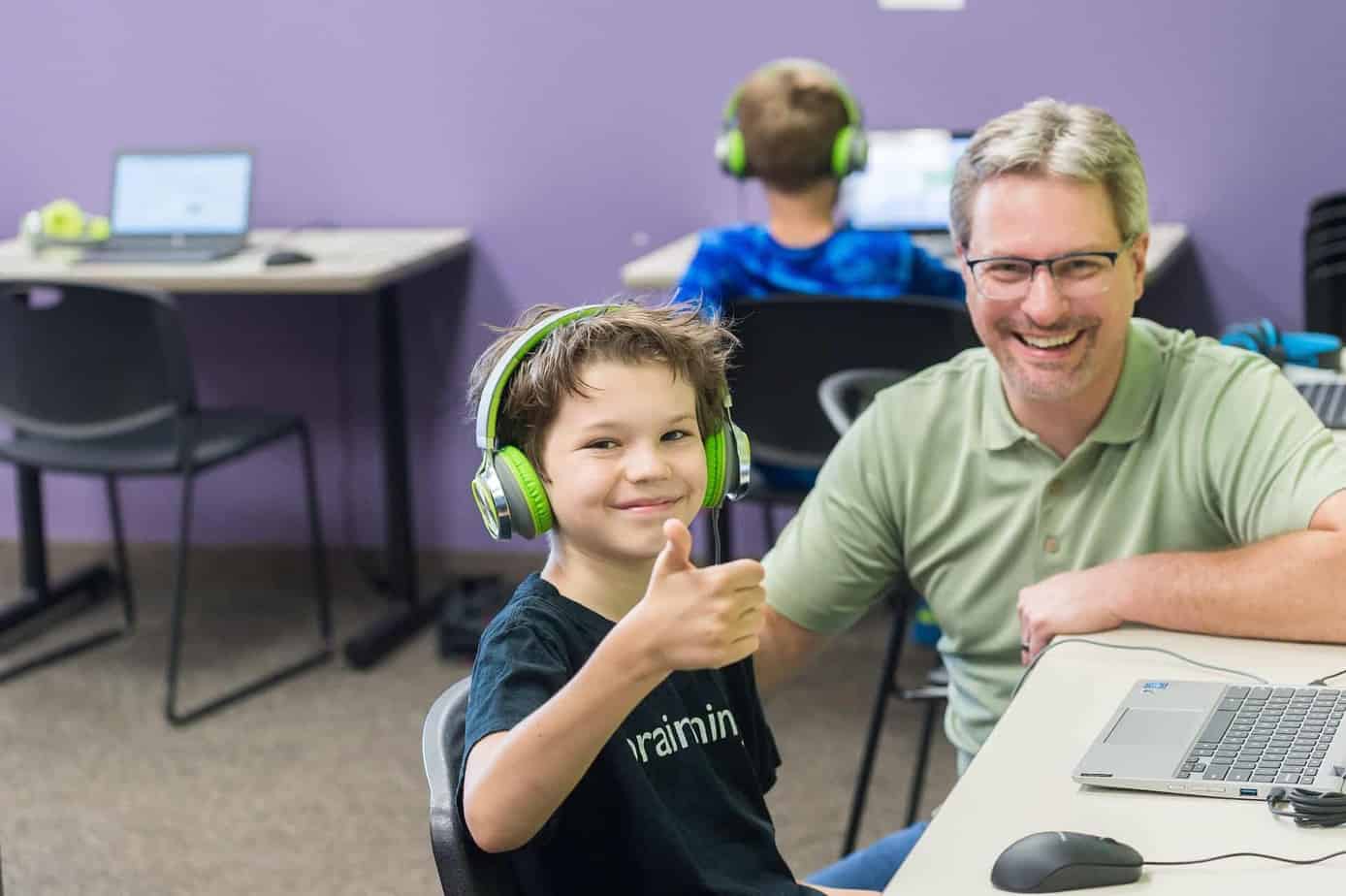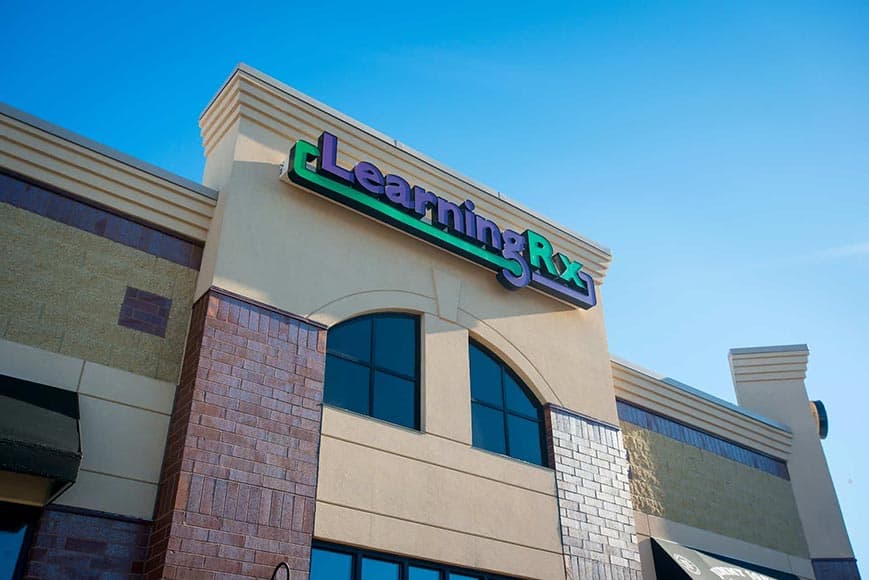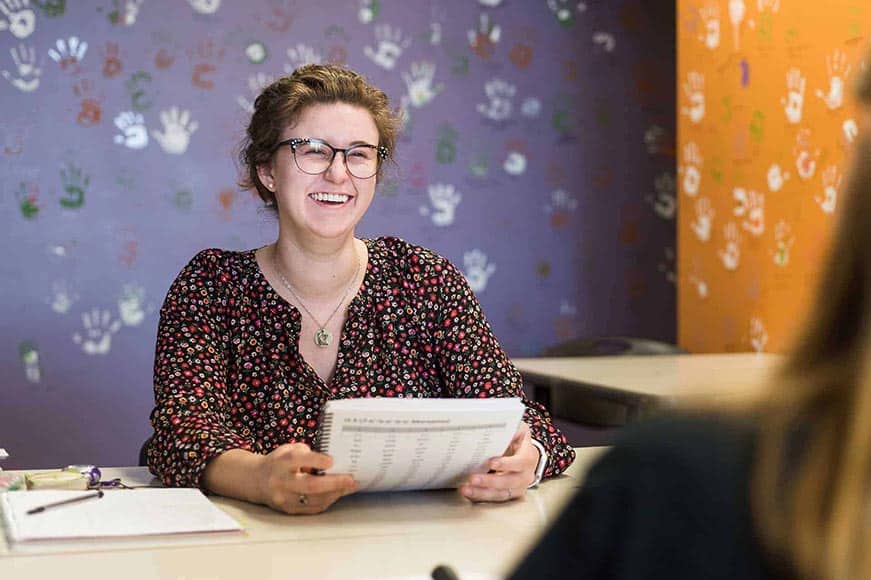3 Ways You Can Support Adopted Children With Learning Differences
Since November is National Adoption Month, it seems like a good time to talk about how to support adopted children with learning differences.
Adopted children are more likely to experience learning differences, and those differences present unique challenges. Added struggles due to their early life experiences, adjusting to adoption, and their school and social environment can make learning differences even more difficult for adopted children to cope with.
Read on to learn how learning differences uniquely affect adopted children, risk factors for adopted kids, and three ways you can better support adopted children with learning differences.
Thinking and Learning Differences in Adopted Children
As they begin kindergarten, about a quarter of adopted children are diagnosed with learning differences. This is twice as many as children who are raised by their biological parents.
And unfortunately it seems to only get worse over time. By middle school, half of adopted children have been diagnosed with some kind of learning difference. This can present as having trouble paying attention in class, struggling to cope with difficult tasks, scoring lower on math, science, or reading assessments, and more.
But why is it that adopted children experience learning difficulties at such high rates?
Studies have found that it seems to have little to do with the adoptive parents themselves (who tend to be wealthier, better educated, and more likely to read to their children). But there are a number of other factors that could be at play.
Risk Factors for Learning Struggles in Adopted Children
Possible risk factors for learning difficulties in adopted children include early life experiences, the challenges of the adoption process, and their school environment and social relationships.
Early Life Experiences
When children experience stress and trauma early in life, the body’s stress reaction causes high levels of certain chemicals to be released in the brain, which can interfere with brain development. For example, prenatal exposure to alcohol or drug abuse, poor nutrition, neglect, or abuse can have a marked impact on a child’s brain development.
In addition, a lack of caregiver bonding early in life can be a contributing factor to high stress levels and attachment issues in children. Changing caregivers throughout their early lives (especially when they go through multiple foster families or orphanages before being adopted) can have this effect on an adopted child.
Early life experiences like this can lead to cognitive problems as well as emotional struggles that can affect a child’s ability or energy to learn.
Challenges of Adoption
The process of adoption itself comes with its own challenges. For an adopted child, simply adjusting to adoption can leave them struggling with grief and loss on top of getting used to a new home and bonding with their new family.
For children who are adopted from other countries, there can also be a language barrier, which can be an additional risk factor for learning differences. If a child grows up in a home that doesn’t speak their first language, they’ll lose it (this is called subtractive bilingualism). This can cause delays in learning their new language, which in turn can lead to behavioral issues and other struggles that impact their ability to learn.
In addition, adopted kids with learning differences often have anxiety at higher rates than other kids with learning difficulties.
Adopted children with learning struggles often worry that those issues are what caused their birth parents to give them up for adoption. They are often also anxious about being different from their peers…both in regards to their learning differences as well as their adoption.
School Environment
An adopted child’s school environment can impact their ability to learn as well. A big part of this for children is the social element: A child’s adjustment to adoption is greatly impacted by what others around them think about it.
As the awareness of their adoption impacts them, and as their peers begin to question their “status” as an adopted child, their learning is more likely to be impacted by the emotional experience of their adoption. Their peers may have misperceptions about adoption that affect how they think about it and, in turn, how they treat the adopted child.
But on the flip side, an adopted child’s self-acceptance can improve when their peers and teachers acknowledge adoption as a normal way to build families.
3 Ways To Support Adopted Children With Learning Differences
1. Partner With Their School To Create a Learning Plan
If you suspect your child may be experiencing learning struggles, have an educational assessment done. The sooner you can identify the problem your child is having, the sooner you can help them cope with it.
Talk with your child’s teachers or school counselor about the process of having them evaluated, or have a private evaluation done outside of school.
Once your child has a diagnosis, discuss next steps with their school. The school should write up an Individualized Education Plan (or IEP) and/or a 504 plan to make sure your child has the support they need to help them learn.
2. Help Them Manage Stress and Anxiety
If your adopted child is anxious, don’t brush off their worries. Instead, help them address and manage their anxiety.
For example:
- Ask open-ended questions and listen well when your child explains what worries them.
- Remind them that it’s normal to be nervous about those things—they’re not ‘weird’ or ‘different’ for feeling that way.
- Walk them through scenarios that make them anxious (even if those scenarios are unlikely to happen). When “what if” scenarios run through their minds, it will help to teach them to think logically through the steps they’d take if those things did actually happen. This can lessen the fear of those anxiety-inducing events.
- Teach positive coping skills rather than helping them avoid what they’re afraid of. This can include breathing techniques, affirmations, using a stress toy or aromatherapy, doing artwork or crafts, or exercising.
- Celebrate small wins. Teach your child to recognize and celebrate the small daily achievements in their lives—both at school and at home. Take the focus off of doing everything right and put it on doing their best instead.
3. Strengthen Cognitive Skills With Brain Training
Most learning differences are caused by weak cognitive skills, so targeting and training those weak skills can help your child improve.
Cognitive skills are the skills our brain uses to learn, read, memorize, and perform. These skills work together to take incoming information and store it in a bank of knowledge that we draw from in day-to-day life.
Brain training helps strengthen those cognitive skills for improved learning and performance.
When you enroll your child in brain training with LearningRx, they are paired with their own brain trainer for individualized training. The brain trainer will use fun, challenging game-like exercises to strengthen your child’s cognitive skills and confidence.
Brain training can help with a wide variety of learning struggles, from ADHD and autism to reading struggles, dyslexia, and much more.
To determine if brain training may be right for your child, take our free brain quiz. If you have questions or want to learn more about brain training and how to get started with LearningRx, contact us here.







